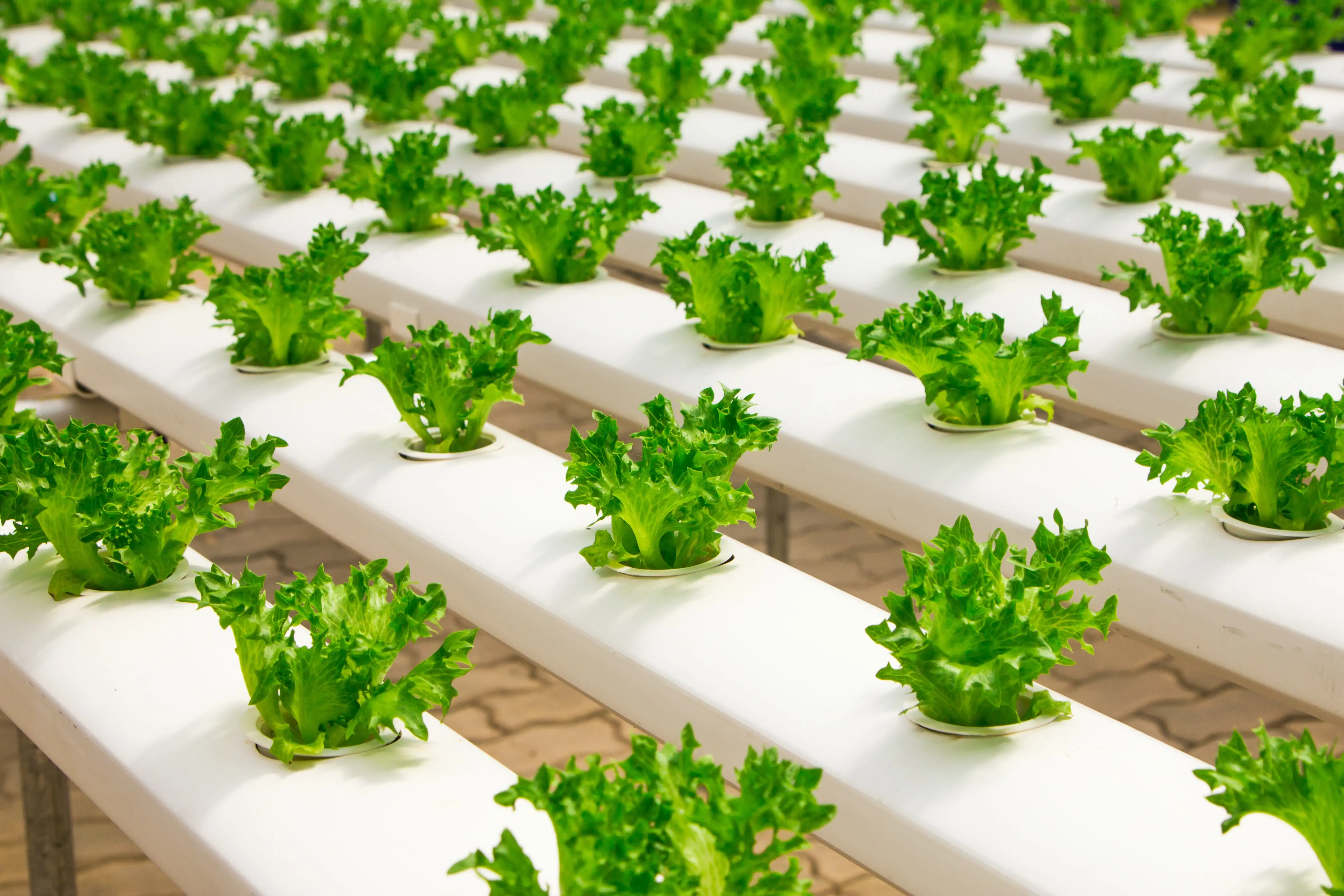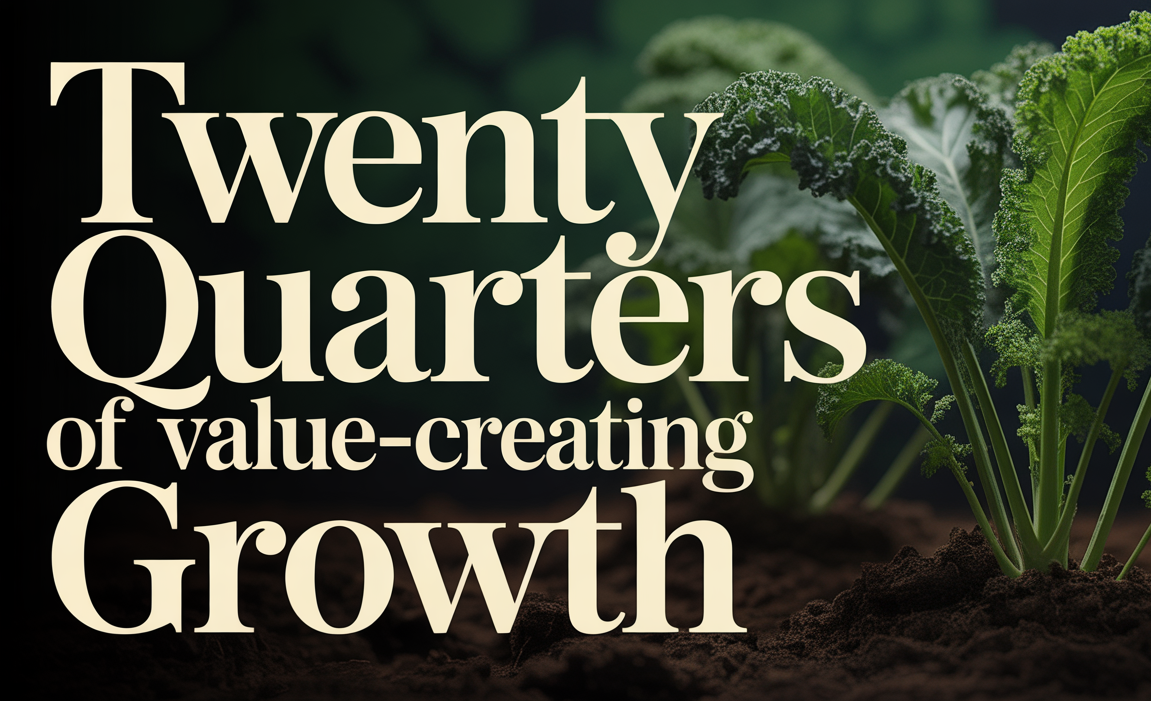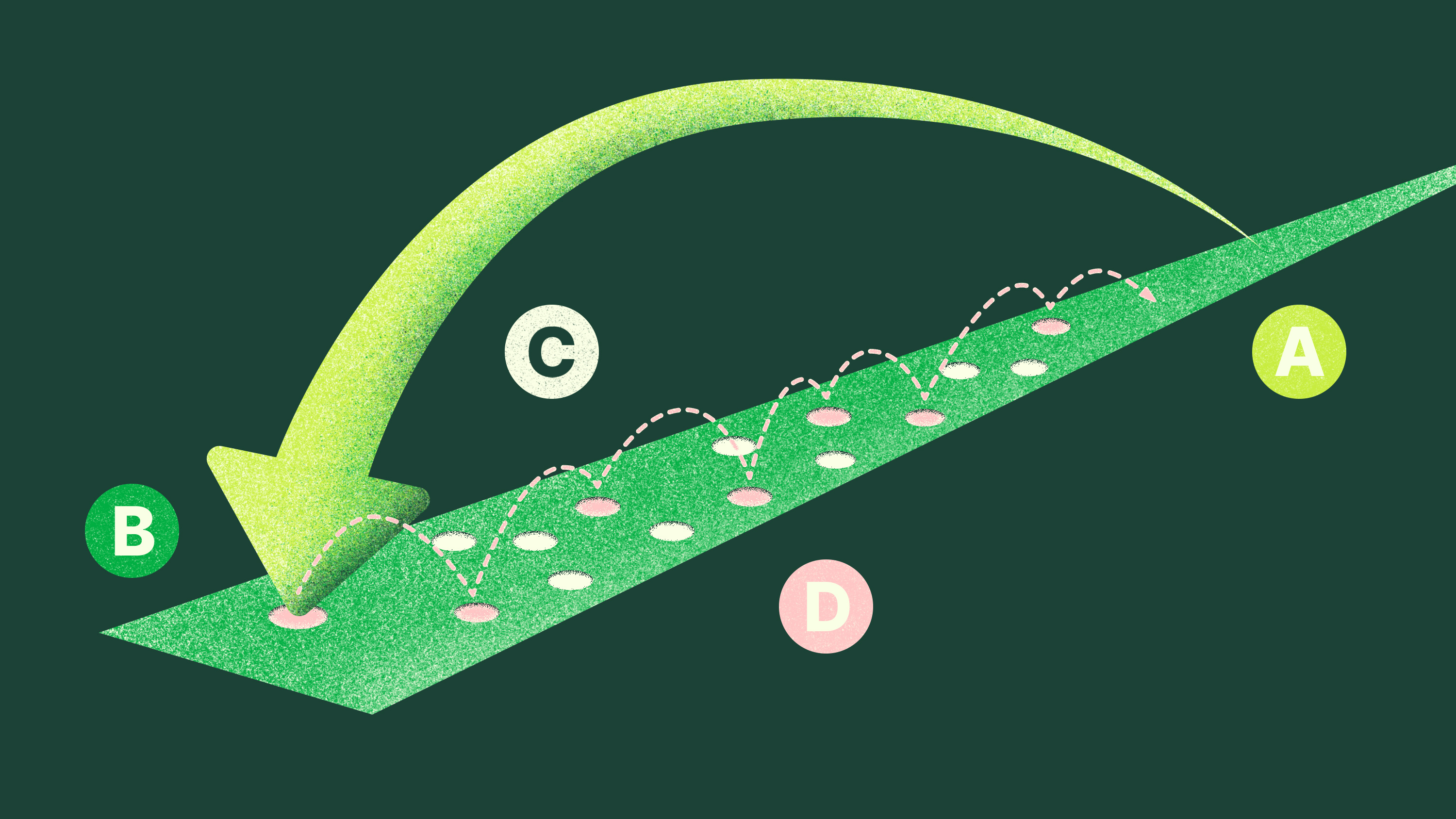.jpeg)
Segment Scoring Methodology
Breaking down Re:food’s segment scoring methodology
In order to decide which segments to prioritize for our sourcing and investing efforts, we identified three factors and ten attributes, collected data, applied a weighting system to the factor scores, and generated a total score for each segment. The goal in designing this system was to make sure we considered all of the factors relevant to Re:food as an investor, without letting any single factor carry too much weight. Sound complicated? We’ll break it down for you!
The Factors
- Solvable Impact
The transformational potential of the segment, or how likely it is to contribute meaningfully to shifting the food system. We thought about the areas of the Re:food circle that the segment or innovation could impact; the more areas impacted and co-benefits created, the greater the Planetary & Ethical Impact and likelihood of lasting systems-level change. We leaned on the Three-Horizons framework for assessing the potential System Impact of each innovation and looked mainly for innovations with significant or transformational impact potential. Finally, we thought about the Risk for Adverse Impact if the segment scales. Recognizing that every innovation has good and bad effects, we considered both the magnitude of the risk and the potential to mitigate that adverse impact. Segments received a maximum score of 8 points and a minimum score of -1 point across these three attributes. - Financial Potential
Re:food has a responsibility to generate financial returns for its investors, so considering the financial potential of each segment was important. We leveraged market data, databases such as Pitchbook, and research into each segment to assess financial potential across four attributes: Market Size, Market CAGR, CAPEX requirements, and Valuation. We considered these factors in the context of Re:food’s investment strategy, looking for large and/or rapidly growing markets, low CAPEX requirements, and reasonable valuations. For each attribute segments received 0-2 points, giving this factor a max score of 8 points and a minimum score of 0 points. - Portfolio Fit
Finally, we thought about the segment’s overall fit with Re:food in terms of the team’s experience and its contribution to the overall portfolio balance across four attributes. Portfolio Balance considered how it complemented the existing portfolio by diversifying exposure – we don’t want to be overly concentrated in any specific segment. Capability Match looked at what experience we already had on the team that could be transferrable to this segment, or how we could provide value to a company in that space. Stage looked at the level of maturity of that market in terms of investment activity and competition. Finally, Regulatory and Operational Risk considered other hurdles to scaling that the segment might face. Companies again received between 0-8 points for this Portfolio Fit factor or 0-2 points per attribute.
Ranking the Segments
After collecting data and assigning points as objectively as possible, we took a step back. Recognizing that the scores were only as good as the data we had gathered and that there is a lack of high-quality data when looking at cutting-edge innovations and relatively early segments, we made subjective adjustments to some of the scores – adding a point or subtracting a point as we saw fit. These adjustments largely came from contradictions we saw between different factors. For example, low valuations indicating an early-stage segment could be contradicted by a high market growth rate that we saw as a leading indicator of segment maturity. Sometimes an adjustment to one factor was canceled out by an adjustment to another. But the end result was a final adjusted raw score for each factor for each segment.
These adjusted raw scores were informative on their own, but we also wanted to consider the relative importance of each factor on the segment’s attractiveness to us as an investor. After some internal discussion, we landed on Solvable Impact and Financial Potential being equally important - since we are investing for high impact and high returns and looking for those opportunities where impact scales as the company expands and achieves financial targets. Of relatively less importance at the segment level was portfolio fit since we knew this would have to be considered on a company-by-company basis anyway. This weighting gave us a final score for each segment. Ranking the segments by this score revealed those that we prioritized for our sourcing and deep dives.
Other investors might weight these factors differently or prioritize other attributes and factors, depending on their unique objective, investment horizon, or asset classes. But we highly recommend that all actors who want to achieve transformative impact take the time to develop a prioritization methodology. When there are so many problems to fix, it can be hard to know where to start - so it helps a lot to have a way to identify the leverage points with the highest potential to help you achieve your goals.
Are you interested in learning more about how the segment scoring fits into our Theory of Transformation of the global food system? Check out Food is Solvable!



